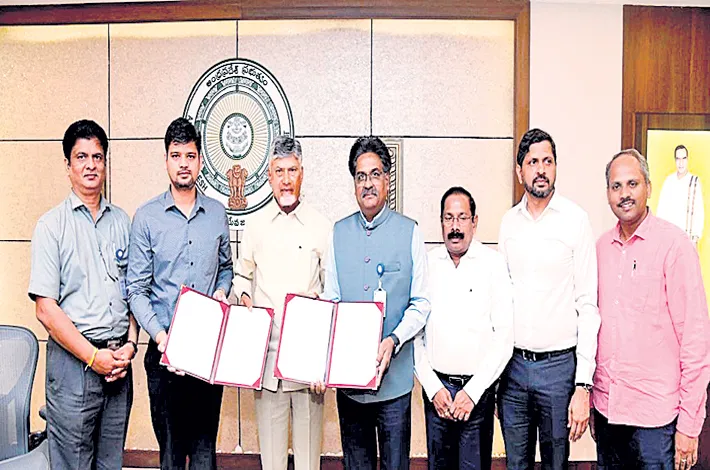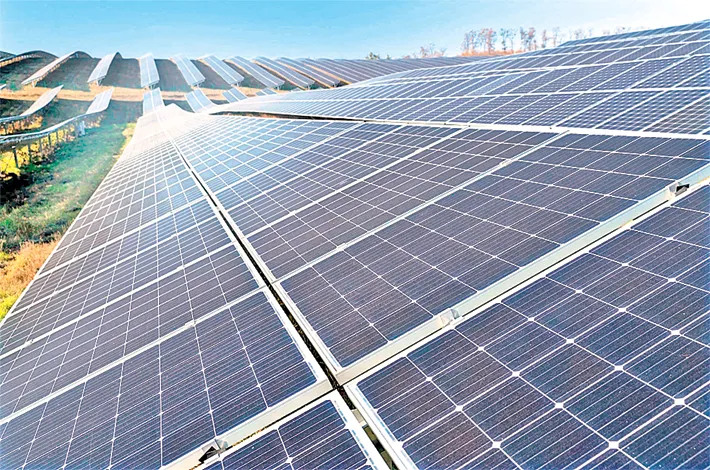AP to harness space technology for disaster management
04-06-2025 12:00:00 AM

Under the new framework, the AWARE platform will harness data from satellites, drones, IoT devices, sensors, CCTV networks
Metro India News | AMARAVATI
In a major step towards integrating advanced space technologies into public governance and disaster preparedness, the Andhra Pradesh government signed a Memorandum of Understanding (MoU) with the Indian Space Research Organisation (ISRO) and the State Real Time Governance Society (RTGS).
The agreement, inked in the presence of Chief Minister N. Chandrababu Naidu at the Secretariat, marks a significant leap in the use of satellite data and scientific inputs to enhance safety and emergency response mechanisms across the state.
The five-year collaboration aims to strengthen the AWARE (Andhra Weather Alert and Response Engine) platform using satellite imagery, remote sensing data, and scientific analysis from ISRO. This platform, already operational, will now be significantly upgraded to support over 42 critical applications across sectors such as agriculture, weather forecasting, disaster management, and urban planning.
Speaking at the event, Chief Minister Naidu emphasized the strategic value of the partnership. “This MoU is a crucial milestone in our mission to use cutting-edge technology for safeguarding the lives and livelihoods of our people. Space technology is not a luxury—it is now a necessity in governance and emergency response,” he said.
Under the new framework, the AWARE platform will harness data from satellites, drones, IoT devices, sensors, CCTV networks, and even mobile phone feeds. This data will be analyzed in real time to issue timely warnings and advisories through SMS and WhatsApp, enabling rapid response in the event of natural disasters such as cyclones, floods, or droughts.
Officials explained that the integration of high-resolution satellite imagery and scientific analysis will significantly improve the accuracy and speed of alerts. The new capabilities will be especially vital in rural and coastal regions of the state, which are frequently vulnerable to climate-related risks.








